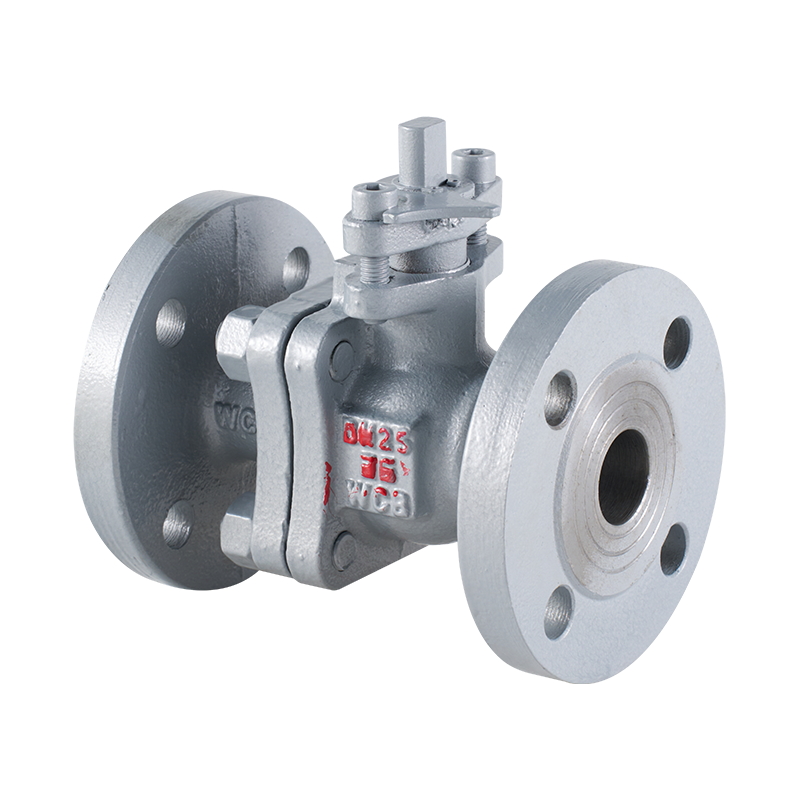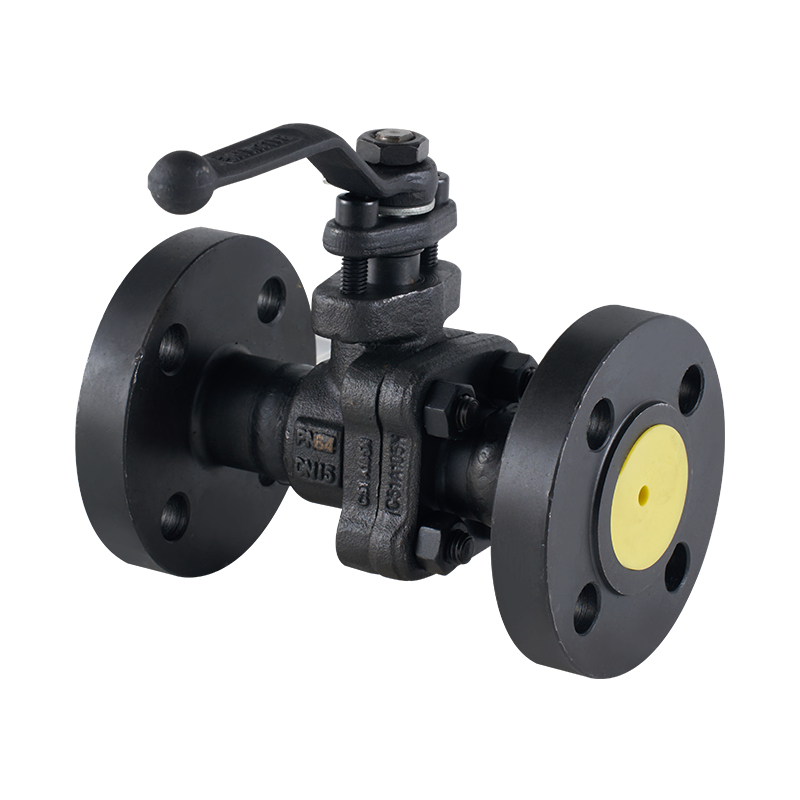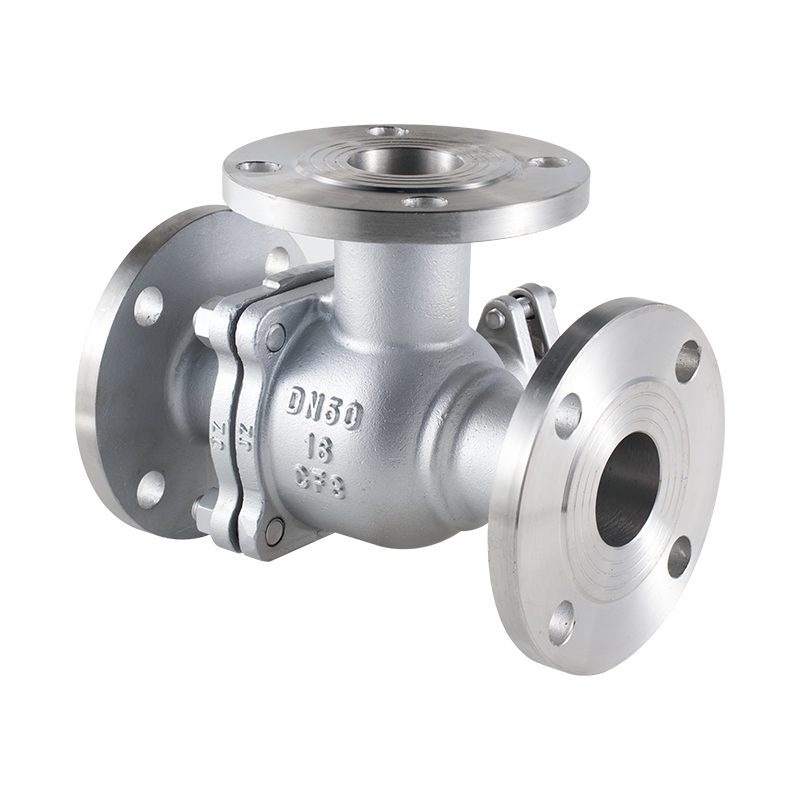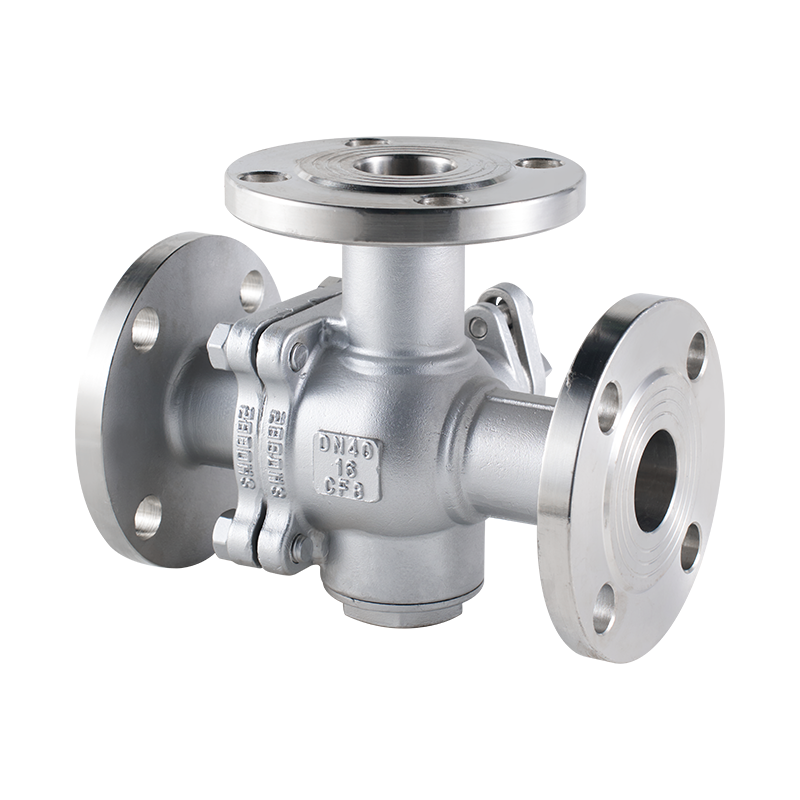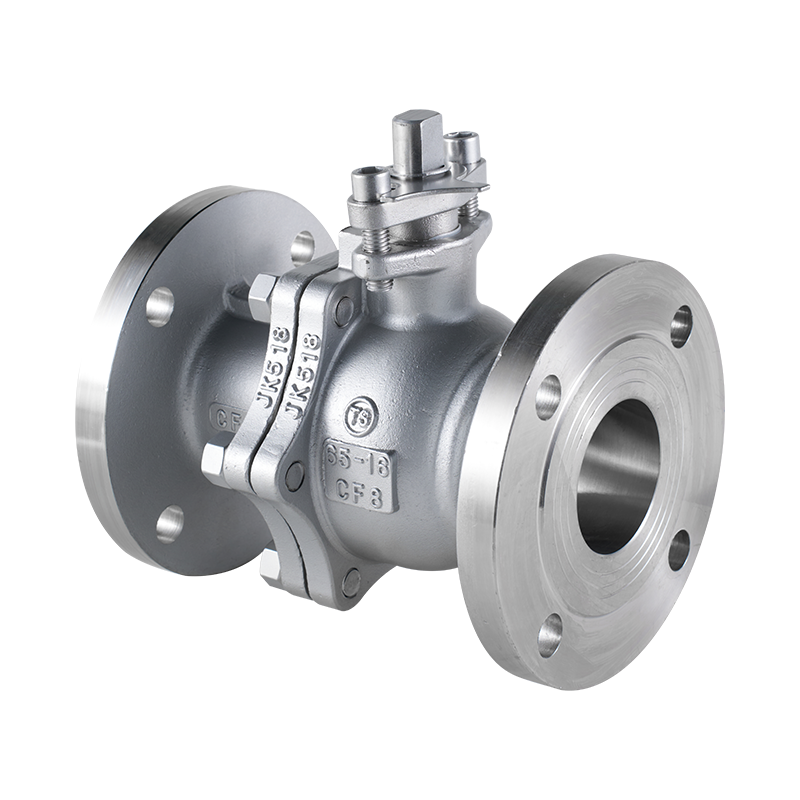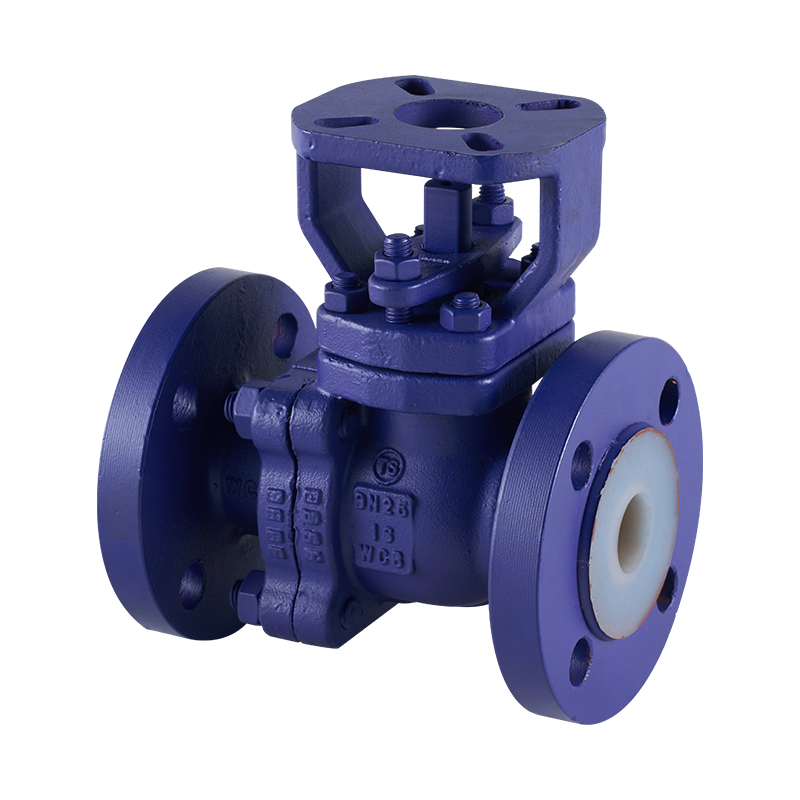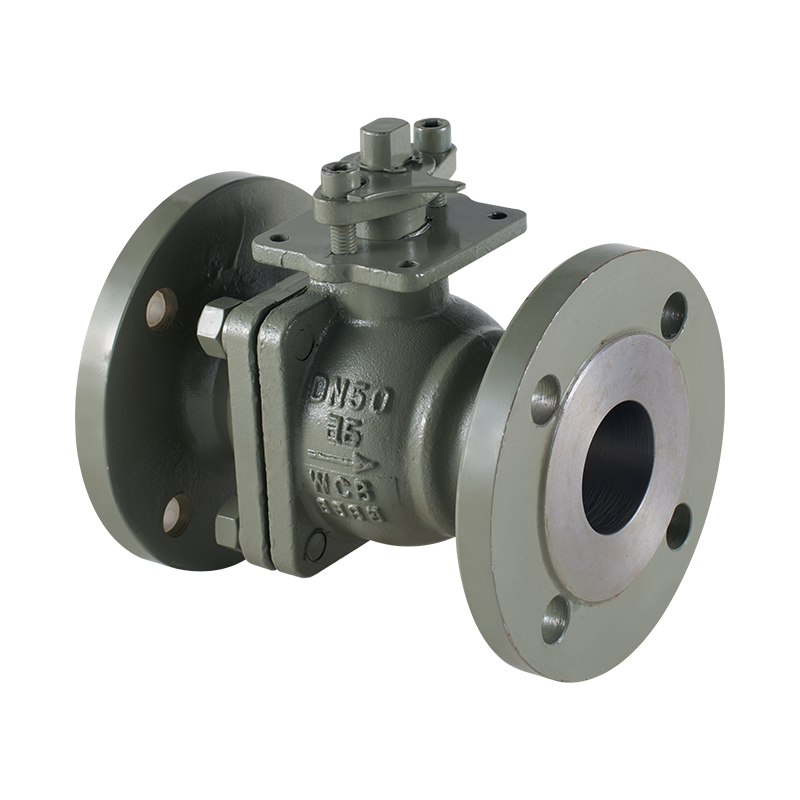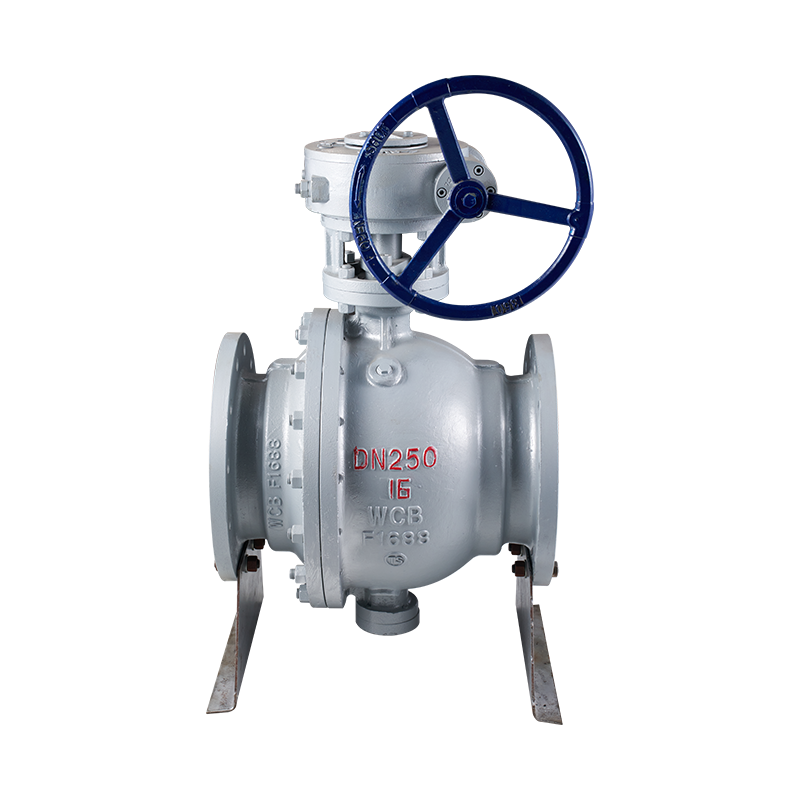The Carbon Steel Floating Ball Valve is a widely used valve that operates by using a ball with a hole in the middle to control the flow of fluids. This ball is free to float within the valve body, creating a reliable and secure shutoff when aligned with the valve seat. Before these valves can be sold, they must undergo several essential procedures to ensure their performance and safety in real-world applications.
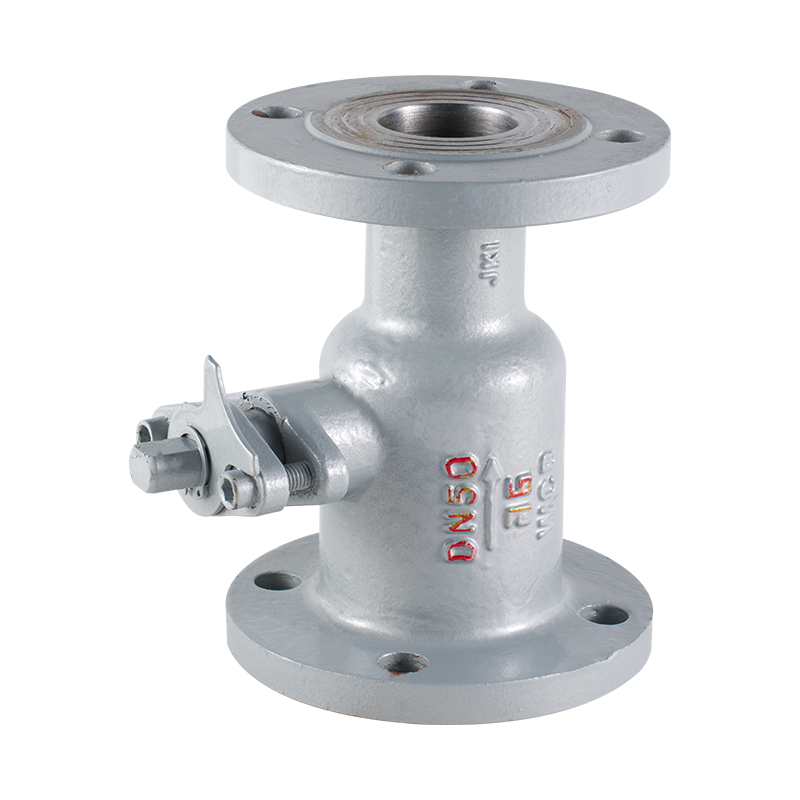
1. Design and Material Selection
Before manufacturing, the Carbon Steel Floating Ball Valve must go through a design process where the specifications, including size, pressure rating, and material selection, are determined. The material, carbon steel in this case, is chosen for its strength, durability, and cost-effectiveness, particularly in environments that don't involve temperatures or corrosive fluids. Material tests may be conducted to ensure the carbon steel meets the required standards for tensile strength, hardness, and corrosion resistance.
2. Manufacturing and Machining
Once the design and material selection are confirmed, the valve goes into production. This involves the machining of the valve body, ball, and other critical components to exact specifications. Precision is crucial in this step to ensure that all parts fit together, allowing the valve to operate effectively.
3. Assembly
After the individual components are manufactured, they are assembled. This includes the installation of the ball, seat, stem, and other parts inside the valve body. Proper alignment is essential at this stage to ensure that the valve operates smoothly and that the ball seals tightly against the seat when closed.
The Double Eccentric Ball Float Vent Valve is a specialized valve used primarily in fluid systems for controlling pressure and venting gases. The valve features a unique design, often involving two eccentric mechanisms that provide a more reliable seal and longer-lasting performance. Since these valves are often used in critical applications, ensuring their quality is of the importance. Here's a closer look at the quality assurance procedures that these valves must undergo before they can be sold.
1. Design Verification
The step in the production of a Double Eccentric Ball Float Vent Valve is design verification. This phase includes ensuring that the valve meets specific application requirements, such as operating pressure, flow rate, and material compatibility. The double eccentric mechanism is designed to provide smooth operation and ensure tight sealing, so design calculations and simulations are conducted to verify the valve's performance under expected conditions.
2. Material Selection and Testing
Like all valves, the Double Eccentric Ball Float Vent Valve requires careful material selection. The materials used for the valve body, float, and ball must be able to withstand the stresses imposed by fluid flow, temperature variations, and chemical exposure. Materials are selected based on the intended application, and they undergo various mechanical tests (tensile strength, hardness, and corrosion resistance) to verify their suitability. The selected materials are subjected to stringent quality checks to ensure they meet all specifications.
3. Precision Manufacturing
The manufacturing process for the Double Eccentric Ball Float Vent Valve is meticulous. Every component of the valve is machined to precise specifications to ensure that the eccentric mechanism operates correctly. High-precision machinery is used to fabricate parts such as the valve seat, ball, and float. Special care is taken in the machining process to prevent any errors or inconsistencies that could affect the performance of the valve.

 English
English 中文简体
中文简体


